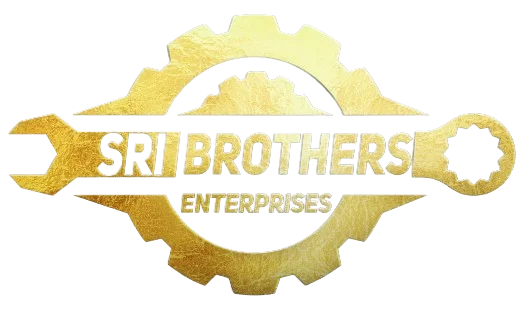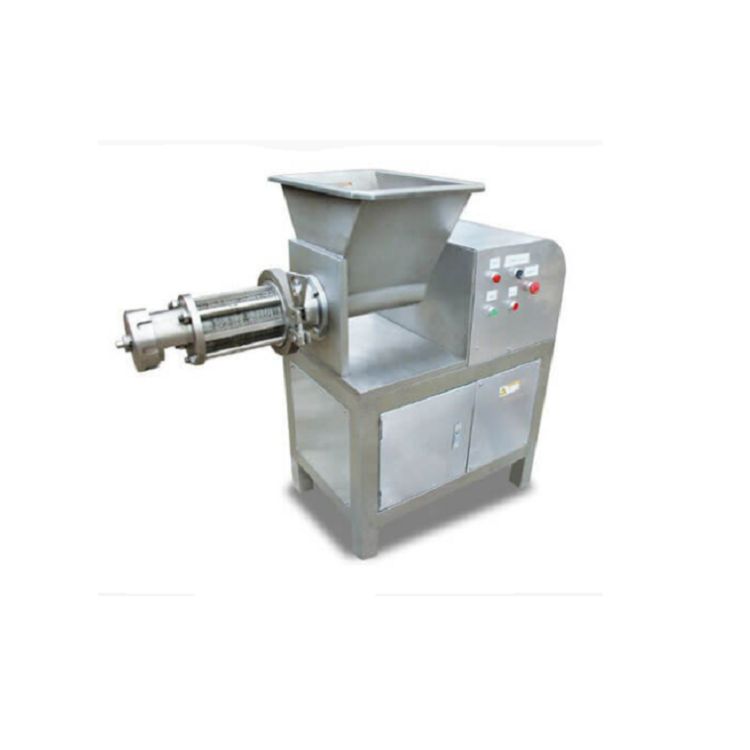Streamline Your Chicken Processing with a High-Tech Deboning Machine
In today’s fast-paced food processing industry, efficiency is key to maintain a competitive edge. And when it comes to poultry processing, using outdated methods can be time-consuming and labor-intensive. That’s where a high-tech deboning machine comes in. By streamlining the poultry deboning process, this cutting-edge technology revolutionizes the way poultry is processed, saving time, reducing labor costs, and improving overall productivity.
With its state-of-the-art design and automated features, the deboning machine ensures precision and consistency in removing bones from poultry, delivering high-quality, boneless meat that meets industry standards. Its advanced technology makes the process faster and more efficient, significantly increasing production capacity while maintaining the integrity of the meat.
Investing in a high-tech deboning machine not only enhances operational efficiency but also improves food safety. As this machine reduces manual handling, it minimizes the risk of cross-contamination and product recalls, making it a reliable choice for food processing businesses looking to meet stringent quality standards.
By incorporating a high-tech deboning machine into your poultry processing operations, you can streamline the deboning process, optimize productivity, and deliver superior quality boneless meat to meet the ever-growing demands of the market.
Benefits of using a high-tech deboning machine
In today’s fast-paced food processing industry, efficiency is key to maintaining a competitive edge. And when it comes to poultry processing, using outdated methods can be time-consuming and labor-intensive. That’s where a high-tech deboning machine comes in. By streamlining the poultry deboning process, this cutting-edge technology revolutionizes the way poultry is processed, saving time, reducing labor costs, and improving overall productivity.
With its state-of-the-art design and automated features, the deboning machine ensures precision and consistency in removing bones from poultry, delivering high-quality, boneless meat that meets industry standards. Its advanced technology makes the process faster and more efficient, significantly increasing production capacity while maintaining the integrity of the meat.
Investing in a high-tech deboning machine not only enhances operational efficiency but also improves food safety. As this machine reduces manual handling, it minimizes the risk of cross-contamination and product recalls, making it a reliable choice for food processing businesses looking to meet stringent quality standards.
By incorporating a high-tech deboning machine into your poultry processing operations, you can streamline the deboning process, optimize productivity, and deliver superior quality boneless meat to meet the ever-growing demands of the market.
How to optimize the deboning process with technology
- Increased efficiency and productivity
One of the key benefits of using a high-tech deboning machine is the significant increase in efficiency and productivity it offers. Traditional deboning methods are often time-consuming and require skilled labor to manually remove bones from poultry. This process can be tedious and slow down the overall production line.
With a high-tech deboning machine, the process is automated, eliminating the need for manual labor and reducing the time required for deboning. The machine is designed to efficiently remove bones from poultry, ensuring a consistent and precise result every time. This allows for a faster production rate, ultimately increasing the overall efficiency and productivity of your poultry processing operations.
- Improved product quality and consistency
Consistency is crucial when it comes to poultry processing. Customers expect uniformly deboned meat that meets their quality standards. Traditional deboning methods often result in variations in the amount of meat left on the bones, leading to inconsistent product quality.
A high-tech deboning machine solves this issue by providing consistent deboning results. The machine is equipped with advanced sensors and cutting-edge technology that precisely identify and remove bones, leaving behind boneless meat with minimal wastage. This ensures a consistent product quality, meeting industry standards, and customer expectations.
- Cost and labor savings
Labor costs can be a significant expense in poultry processing operations. Traditional deboning methods require skilled labor, which can be both time-consuming and expensive. By investing in a high-tech deboning machine, you can significantly reduce labor costs.
The automated nature of the deboning machine eliminates the need for manual labor, reducing the number of workers required for the deboning process. This not only saves on labor costs but also frees up labor resources to be utilized in other areas of the production line. Additionally, the increased efficiency of the machine allows for a higher production capacity, further optimizing labor utilization.
The importance of efficient poultry processing
To fully optimize the deboning process with technology, there are several factors to consider.
- Machine selection
Choosing the right deboning machine is crucial for optimizing the deboning process. Consider factors such as the machine’s capacity, speed, and compatibility with your specific poultry processing requirements. Look for a machine that offers advanced features such as automated bone detection, precise cutting capabilities, and easy-to-use controls.
It’s also important to consider the machine’s durability and reliability. Investing in a high-quality deboning machine ensures that it will withstand the demands of your production line and provide consistent performance over time.
- Workflow integration
Integrating the deboning machine into your existing workflow is essential for maximizing its benefits. Analyze your current production line and identify the most suitable location for the deboning machine. Ensure that it seamlessly fits into the workflow without causing any disruptions or bottlenecks.
Collaborate with your team to determine the most efficient way to incorporate the deboning machine into the process. Provide proper training to your staff to familiarize them with the machine’s operation and maintenance to ensure smooth integration and optimal performance.
- Regular maintenance and calibration
To ensure the continued efficiency and effectiveness of the deboning machine, regular maintenance and calibration are essential. Follow the manufacturer’s guidelines for maintenance procedures, including cleaning, lubrication, and inspection.
Regularly calibrate the machine to maintain its accuracy and precision. This will help prevent any potential issues or breakdowns that could disrupt the deboning process and affect overall productivity.
Features to consider when choosing a deboning machine
Efficient poultry processing is crucial for businesses operating in the food industry. By streamlining the deboning process with a high-tech machine, you can achieve several benefits that contribute to overall efficiency.
Meeting market demands
The demand for boneless poultry products continues to grow, driven by consumer preferences for convenient and ready-to-cook options. Efficient poultry processing allows businesses to meet these market demands by delivering boneless meat products in a timely manner.
A high-tech deboning machine enables businesses to increase production capacity and output, ensuring a steady supply of boneless poultry products to meet customer needs. By staying ahead of market demands, businesses can maintain a competitive edge and maximize their market share.
Ensuring food safety
Food safety is a top priority in the food processing industry. Inefficient deboning methods can increase the risk of cross-contamination and product recalls, jeopardizing the reputation and profitability of a business.
A high-tech deboning machine reduces the risk of foodborne illnesses by minimizing manual handling and potential sources of contamination. The automated process ensures a hygienic and controlled environment, reducing the possibility of bacterial growth and contamination.
Moreover, the advanced technology used in deboning machines allows for precise bone removal, minimizing the chances of bone fragments remaining in the meat. This further enhances food safety and reduces the risk of customer complaints or health hazards.
Why Choose Us?
To keep your deboning machine operating at its best, regular maintenance and troubleshooting are essential.
Regular cleaning and lubrication
Proper cleaning and lubrication are crucial for maintaining the efficiency and longevity of the deboning machine. Follow the manufacturer’s guidelines for cleaning procedures, ensuring that all components are thoroughly cleaned and sanitized.
Regularly lubricate the moving parts of the machine to ensure smooth operation. This will help prevent excessive wear and reduce the risk of breakdowns.
Inspection and replacement of worn parts
Regularly inspect the machine for any signs of wear or damage. Replace any worn or damaged parts promptly to avoid potential issues during operation. This will help maintain the machine’s performance and prevent unexpected breakdowns that could disrupt your poultry processing operations.
Training and troubleshooting
Provide comprehensive training to your staff on the operation and maintenance of the poultry deboning. Ensure that they are familiar with the troubleshooting techniques for common issues that may arise during operation.
Create a troubleshooting guide that outlines common problems and their solutions. This will empower your staff to quickly identify and resolve issues, minimizing downtime and maximizing productivity.

